MONTREAL — A combination of intravenous immunoglobulin (IVIg) and methylprednisolone (MP) was associated with greater improvement in disability in patients with chronic inflammatory demyelinating polyneuropathy (CIDP) than immunoglobulin alone.
The OPTIC trial was terminated early when four thromboembolic events prompted unblinding of the multicenter, randomized, double-blind, placebo-controlled trial, revealing all four events occurred in the combination arm. Despite the setback, study investigators were positive about the study's results.
"We were unable to prove that the combination treatment leads to more frequent remissions. However, we did see statistically significant and clinically relevant differences on multiple domains in favor of the [combination] intervention," lead investigator Iris van Doorn, MD, Amsterdam University Medical Centers, the Netherlands, reported.
"We saw a much larger improvement in the treatment responders who received MP, so we wonder if IVIg monotherapy might be undertreatment in some of these treatment responders," Doorn added.
The findings were presented on June 25 at the Peripheral Nerve Society (PNS) Annual Meeting 2024.
Improvement With Combination Therapy
IVIg and corticosteroids are the most commonly prescribed treatments for CIDP, with IVIg often resulting in fast improvement but a relatively low remission rate and corticosteroids resulting in a much slower response but higher remission, explained van Doorn.
A pilot study conducted in 2020 by Doorn's group and published in the European Journal of Neurology showed 10 out of 17 (59%) patients sustained a 1-year remission after 18 weeks of combination therapy.
These findings prompted the OPTIC trial, in which all patients started on a loading dose of IVIg 2 g/kg with randomization to an additional loading dose of placebo or MP 1 g, and then further 18 weeks of MP or placebo plus a IVIg 1 g/kg every 3 weeks.
Patients were then followed up to 2 years for a primary outcome of remission, defined as a sustained improvement since the end of the treatment. Improvement was defined as an increase in at least the minimally clinically important difference on the Inflammatory Rasch-Built Overall Disability Scale (I-RODS) and/or a decrease in ≥ 1 point on the Inflammatory Neuropathy Cause and Treatment disability scale, compared to baseline.
A total of 77 of 96 planned patients had been enrolled by the time four patients reported pulmonary embolism and had deep venous thrombosis — all of them in the combination arm.
"This is not a statistically significant difference — however, it is enough reason to suspect a relationship with the combination therapy," noted van Doorn.
Intention-to-treat results revealed a higher rate of remission in the combination treatment arm (38% vs 28%; P = .47), and this held up in the per protocol analysis (44% vs 33%; P = .61). Time to improvement was no different between arms and neither was the number of patients who improved (78% in both), she reported.
However, there were statistically significant improvements in favor of the combination treatment on multiple domains of improvement, which were most significantly for the I-RODS, Medical Research Council-sumscore, and grip strength.
Aside from the thromboembolic events, other adverse events were mild and similar in both groups.
"I wouldn't be scared to use the combination treatment with prophylaxis (anticoagulants)," commented van Doorn, during the question period.
Important Study, Important Findings
OPTIC was "an important study with important findings and potential implications," despite its early termination, Michael Lunn, MD, PhD, a co-investigator on the trial, told Medscape Medical News.
"The addition of steroids was able to improve disability in the longer term," said Lunn, a consultant, professor of clinical neurology, and clinical lead in neuroimmunology at the National Hospital for Neurology and Neurosurgery in London, England.
"The four thromboembolic events were of concern, and hence, the trial was correctly stopped, although including the remaining 15% of patients is not likely to have changed the overall outcome by statistical extrapolation," Lunn said.
"I suspect that this study will not, on its own, drive change in the practice of all clinicians treating CIDP, but many will shift to considering corticosteroids in addition to a short IVIg initiation course perhaps, continuing steroids after two or three cycles of IVIg perhaps, and also considering anticoagulation on a case-by-case basis," he continued.
Commenting on the findings for Medscape Medical News, Sara Austin, MD, a neurologist at Seton Brain and Spine Neurology, and associate professor at Dell Medical School, The University of Texas at Austin, said that the study is "a very clinically useful trial, and I will use the results to guide my treatment of my CIDP patients in the future."
CIDP is somewhat uncommon, and diagnosis can be difficult, Austin noted.
"In my experience, it often turns into a chronic disease requiring years of IVIg therapy to maintain control of the disease, and even then, control can be suboptimal," she said.
"There has been a thought among the neuromuscular community that treatment with pulse steroids, while not always as successful as IVIg, might have a greater potential to induce remission, and this well-designed OPTIC trial that uses a combination of both bears that out," Aspen said.
"Now, when we are talking to patients about IVIg vs steroids vs both, there is scientific data to guide our discussions. The possibility of a higher rate of thrombosis is also good to know so that we can increase surveillance and/or consider antithrombotic therapy at the beginning of treatment," she added.
Van Door, Lunn, and Austin reported no relevant disclosures.

.webp) 3 days ago
6
3 days ago
6

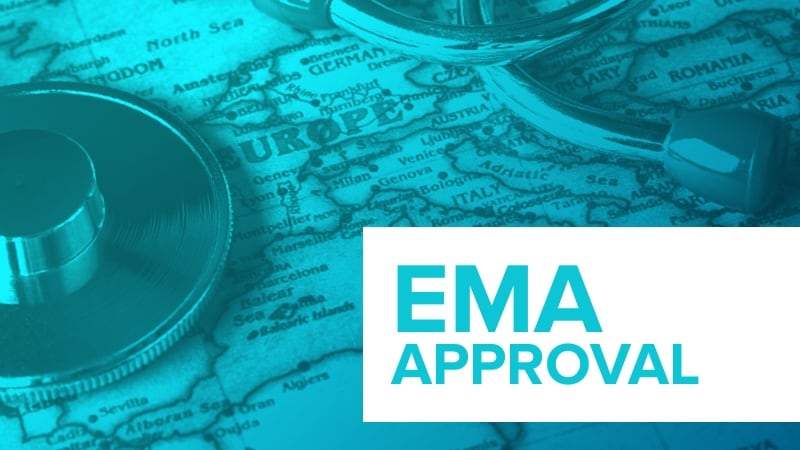
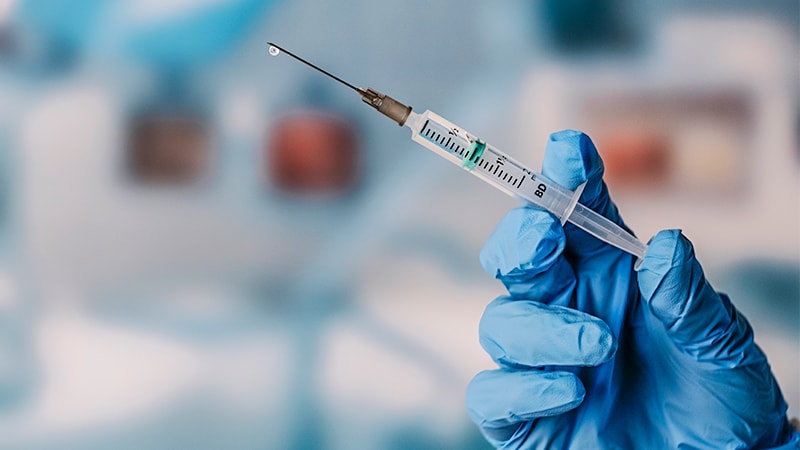
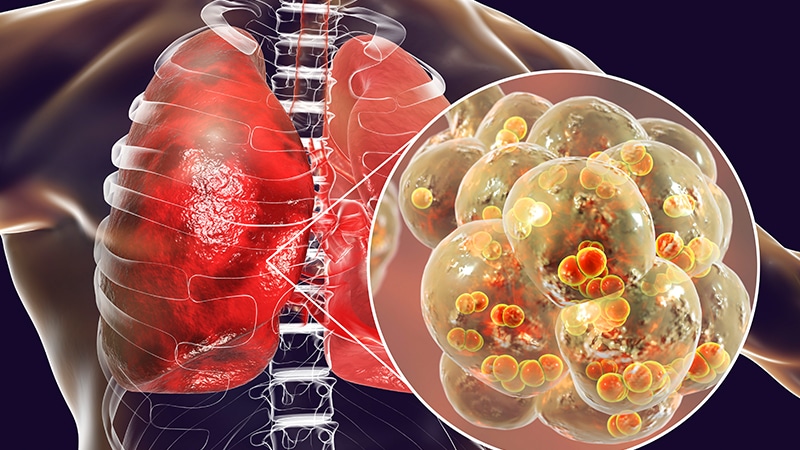





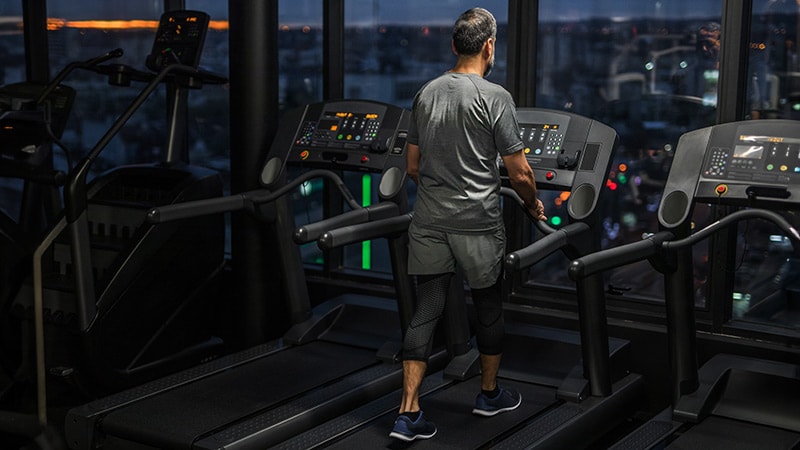

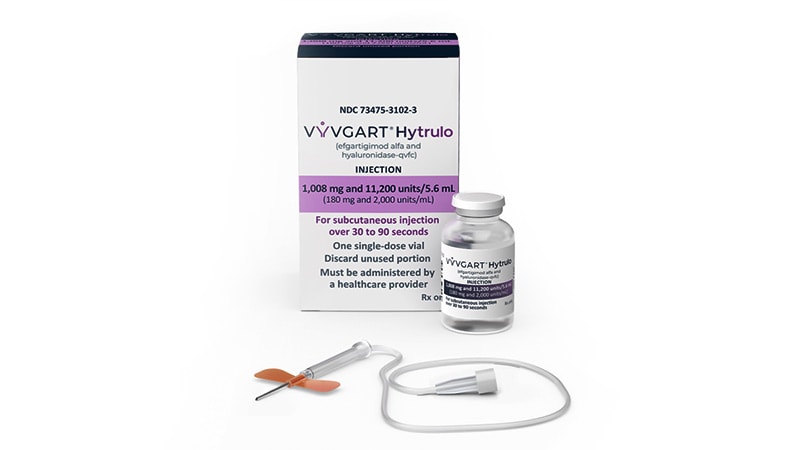

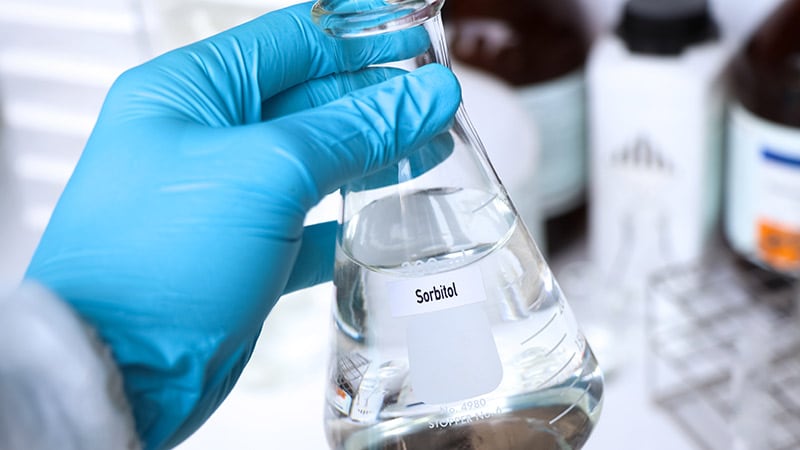





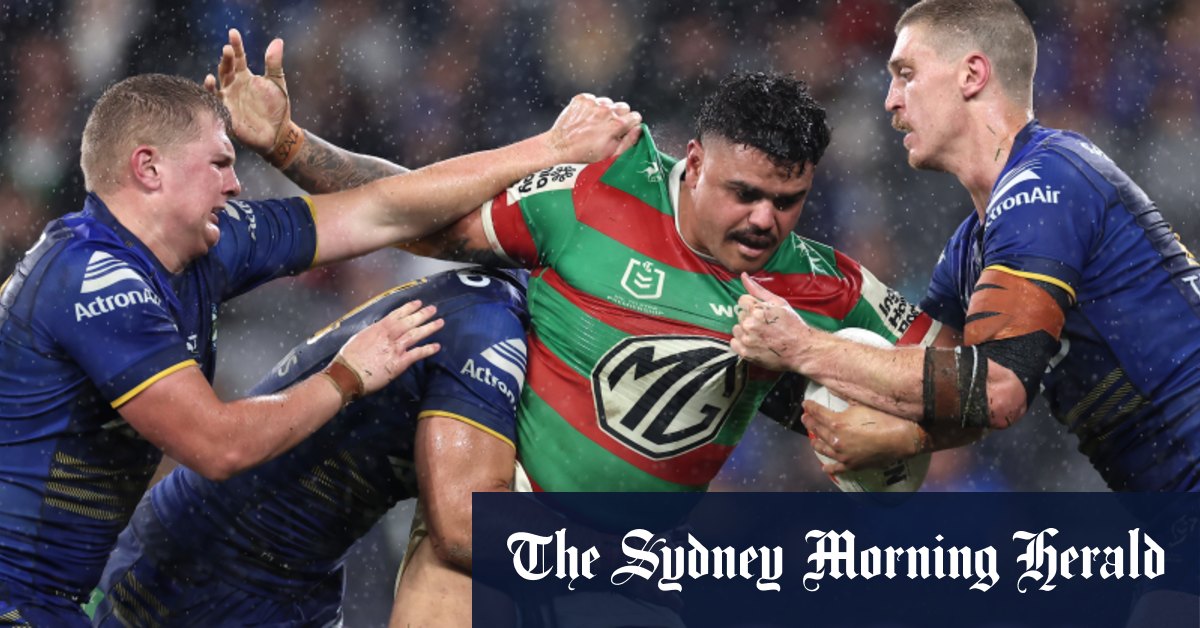






 English (US)
English (US)